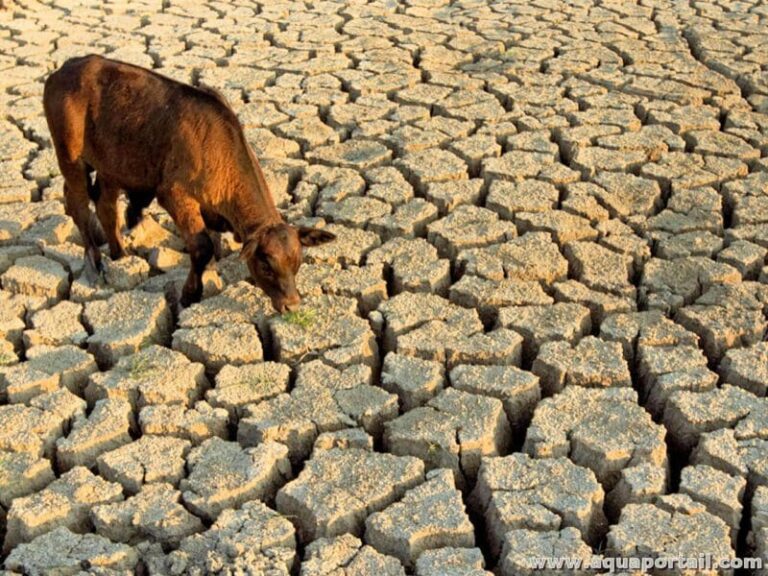The year 2024 was marked by an unprecedented intensification of global water imbalances, reveals the latest report from the World Meteorological Organization (WMO) on the state of water resources worldwide, presented Thursday in Geneva.
Speaking at a press conference, WMO Secretary-General Celeste Saulo delivered an alarming assessment of the global situation: “The water cycle is becoming increasingly erratic and extreme. It oscillates between deluge and drought, between too much and too little,” she stated, noting that this water instability has cascading impacts on agriculture, energy, health, infrastructure, and the economy in general.
The 2024 report, considered one of the most comprehensive and rigorous assessments produced by the UN organization, provides a detailed overview of freshwater resources: rivers, aquifers, lakes, reservoirs, glaciers, snow, and soil moisture. It relies on data provided by WMO member states, derived from both hydrological modeling and satellite observations.
Among the notable findings, the WMO highlights that only one-third of the world’s river basins recorded normal hydrological conditions in 2024. “This is the sixth consecutive year of global water imbalance. The normal is no longer normal. The new normal is an abnormal state,” Ms. Saulo stated.
Another concerning signal is the widespread melting of glaciers, with an estimated loss of 450 gigatons of ice, equivalent to 180 million Olympic-size swimming pools or a block of ice 7 kilometers high, wide, and deep. This melting contributed to an average sea level rise of 1.2 millimeters in just one year, increasing risks for hundreds of millions of people living in coastal areas.
The report also highlights a series of extreme events: severe drought in the Amazon basin, Southern Africa, and parts of Asia, as well as major flooding in Central and Eastern Africa, Central Europe, Pakistan, Indonesia, and South Sudan. While the El Niño phenomenon played a role, the WMO emphasizes that structural climate change remains the main driver of this amplification of extremes.
In light of these findings, the WMO calls for urgent increases in investments, international cooperation, and the sharing of hydrological data. “At the WMO, we’ve always said: You cannot manage what you do not measure. Without data, we are moving blindly,” Ms. Saulo emphasized.
This report is part of a series of tools produced by the WMO to support decision-makers worldwide in implementing sustainable policies, particularly under the “Early Warnings for All” initiative and the Sustainable Development Goals (SDGs).
As it approaches its 75th anniversary, the WMO reaffirms its mission to provide reliable, accessible, and actionable scientific information to address the growing water-related challenges in the context of global climate disruption.


